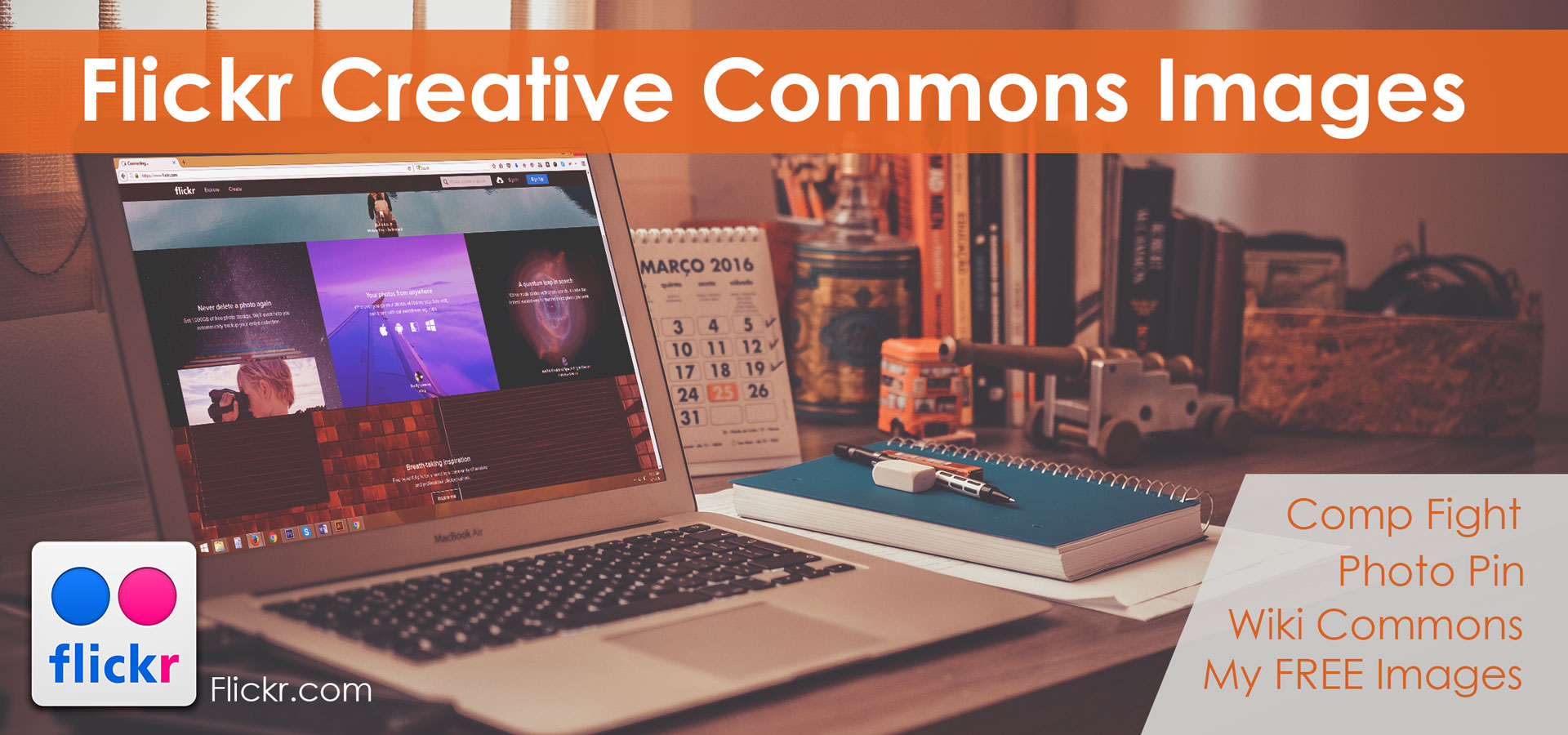
They encourage usage of CC licenses (decent) and display license information on the photo page (good):īut in the HTML snippets that they provide users for showing an image in one’s blog, they do not include any attribution or CC license information as required by the CC licenses (bad). What particularly bugs me is Flickr’s so-so support of Creative Commons licenses. While I encourage others to make use of my work, I do expect them to respect the (liberal) license that I have applied to them and properly give credit where it is due. The Court finds that it did.”Īgain: if you license your photos with a Creative Commons license that allows for commercial usage without your permission, you should do it with the expectation that a company will actually take you up on your offer.As a proponent of open-source software and freely usable culture I try to encourage others to make use of my work as much as possible by applying the GNU General Public License (GPL) to all of my software and the Creative Commons Attribution Non-Commercial Share-Alike ( ) to any writing or photography.Īside: The reason I use different licenses is that for software I have a reasonable expectation that commercial use of my software would result in feedback, bug-reports, translations, or patches that would further improve said software, whereas I do not feel that commercial use of photographs without compensation would improve my photography. “So the only issue before the Court in Count I is whether defendant – which gave plaintiff full credit for the work it displayed on the cover of its publication – complied with the technical terms of the license under which plaintiff published the work.


“Plaintiff repeatedly voices consternation in his pleadings about defendant’s distribution of the publication that displayed his work on its cover for profit, but of the many licenses available to choose from, plaintiff selected the one that specifically authorized commercial use.”

“ uploaded the photograph to a public photo-sharing website, where he did not assert exclusive rights to his copyrighted image, and he instead opted to license the work and make it available for use by others without compensation,” the opinion says.


 0 kommentar(er)
0 kommentar(er)
